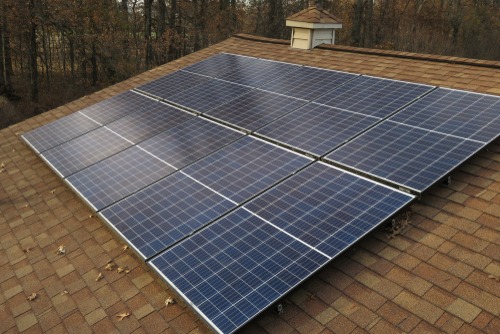Solar prices increase for second straight quarter due to supply chain constraints

Trade policy uncertainty and supply chain constraints drove solar prices higher for the second straight quarter, according to the US Solar Market Insight report released by the Solar Energy Industries Association (SEIA) and Wood Mackenzie.
Supply chain constraints were exacerbated by recently dismissed petitions for anti-dumping and countervailing duties on solar cells from Malaysia, Thailand, and Vietnam. Further, price increases in the solar supply chain will depress deployment over the next year, resulting in a 7.4 gigawatts (GW), or 25 percent decrease, in the forecast for 2022.
Also, price spikes over the past two quarters in the utility-scale solar market erased the 12 percent decline between Q1 2019 and Q1 2021.
However, forecasts show that, if passed, the clean energy provisions in the Build Back Better Act will stimulate solar market growth. It would put the industry on a robust growth trajectory, incentivize domestic manufacturing, and alleviate supply chain constraints, the report stated.
“The forecasts are clear: We must pass the Build Back Better Act to create quality American jobs, drive transformative solar and storage growth, and overcome supply chain bottlenecks,” SEIA president and CEO Abigail Ross Hopper said. “This legislation will help U.S. solar capacity triple over the next five years and offset an additional 83 million metric tons of carbon. Conversely, trade and supply chain headwinds will cause a significant decrease in installations next year at a time when more solar adoption is critical to addressing the climate crisis. This makes the domestic production provisions of the Build Back Better Act even more important to the future health of the U.S. industry.”
If the Build Back Better Act is enacted, more than 43.5 GW of additional solar capacity will be installed over the baseline forecast between 2022 and 2026. This would bring cumulative solar capacity in the United States to over 300 GW, three times what it is today.
“The U.S. solar market has never experienced this many opposing dynamics,” Michelle Davis, principal analyst at Wood Mackenzie and lead author of the report, said. “On the one hand, supply chain constraints continue to escalate, putting gigawatts of projects at risk. On the other, the Build Back Better Act would be a major market stimulant for this industry, establishing long-term certainty of continued growth.”
If the Build Back Better Act passes, Texas is expected to add 7 GW of additional solar capacity over the baseline forecast by 2026, reaching 44 GW of cumulative capacity. Overall, 14 states will see at least a one-gigawatt boost in solar deployment in the next five years, and 14 more states will see at least a 500-megawatt boost.
The SEIA report also found that solar accounted for 54 percent of all new electricity-generating capacity added in the United States in the first three quarters of 2021. Residential solar installations exceeded 1 GW and 130,000 systems in a single quarter for the first time. Commercial and community solar fell 10 percent and 21 percent quarter-over-quarter, respectively.
